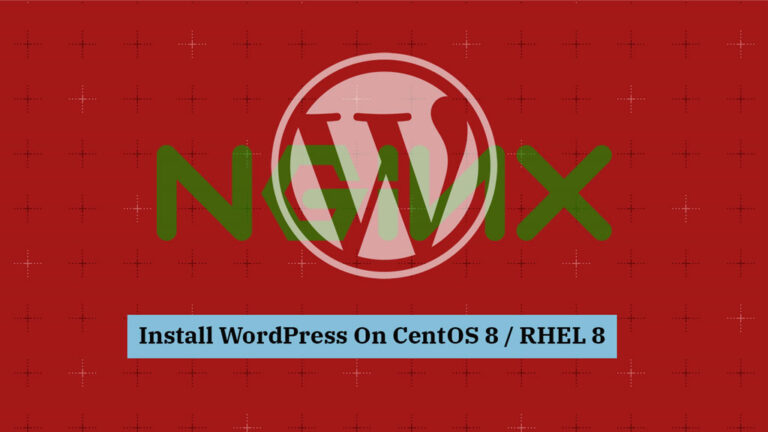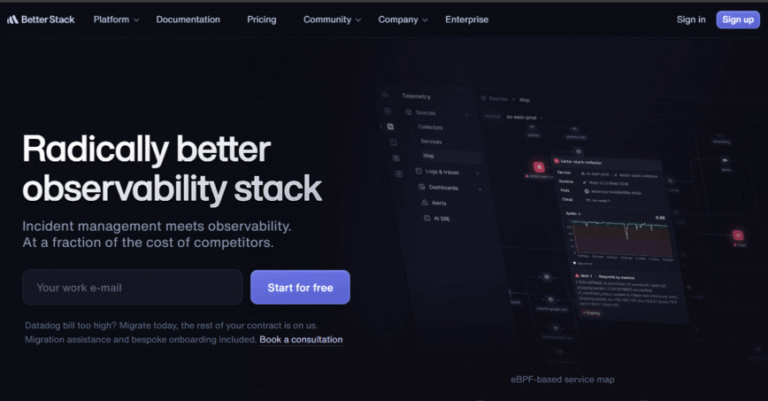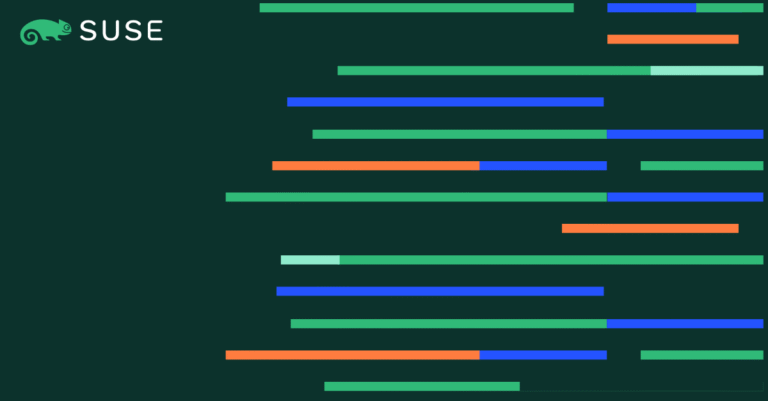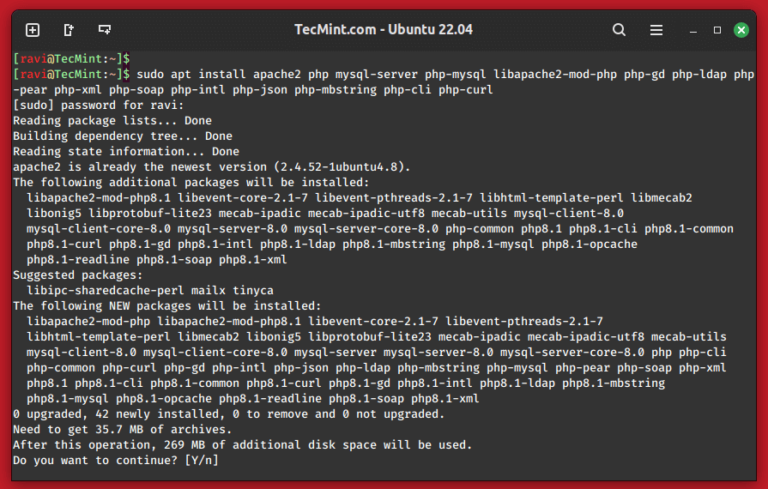The end-of-life (EOL) date for CentOS 7 passed on June 30, 2024, and with this milestone, businesses must evaluate their options for replacing this longstanding pillar of enterprise IT.
The termination of CentOS support means no more updates, patches or official assistance, posing significant risks to the security and operational stability of thousands of businesses. Continuing to run CentOS after EOL means serious financial risk, especially when hackers will deliberately target unprotected CentOS workloads. However, the forced transition away from CentOS can potentially be a large investment for organizations, as well.
This article details various options to deal with the CentOS end-of-life to minimize costs and maximize the return-on-investment. We’ll cover:
- The financial implications of the CentOS EOL
- Budget considerations for CentOS replacements, including migration and support options
- How to maximize cost savings with a zero-migration CentOS alternative
Although the CentOS EOL has financial consequences, this critical juncture offers an opportunity to transform your IT infrastructure, investing in a robust and reliable environment to foster growth for years to come.

The Financial Implications of CentOS EOL
Contents
With CentOS end-of-life, this means CentOS workloads will no longer receive security patches or updates, leaving your distributions vulnerable to cyberattacks. The average cost of a data breach globally was $4.45 million in 2023, according to the Data Breach Report 2023 by the Ponemon Institute. This staggering statistic illustrates the potential cost of each attack your CentOS distros will weather if they remain unprotected.
The cost of inaction underscores the urgency of making a decision for your CentOS workloads. You can choose to migrate to a new operating system or choose to continue running CentOS with added support. Let’s look more closely at the financial considerations for each of these options.
Budget Considerations for Migrating to a CentOS Replacement
When planning to migrate away from CentOS, it’s crucial to consider the financial impact. Here are key points to keep in mind when deciding whether to invest in a migration to a new operating system:
- Assessment Costs:
- Conduct a thorough inventory of all systems running CentOS.
- Identify dependencies and critical systems that require immediate attention.
- Resource Allocation:
- Determine the resources needed for the transition to the CentOS replacement, including hardware, software and personnel.
- Budget for new licenses, training staff on new systems and potential external support.
- Downtime and Migration Costs:
- Estimate the potential downtime required for transitioning systems to a new platform.
- Expect both planned and unplanned downtime, and schedule migrations to minimize disruption.
If you choose to migrate, be sure to research the performance and scalability of whichever new OS you’re considering. Read more about preparing your infrastructure for the CentOS EOL.
Potential Cost Savings with CentOS Support
Different models of continued support for CentOS can offer cost-effective alternatives to a full migration. These are the three main categories of support options for CentOS:
- Extended Support: Can offer updates, security, patches and technical support beyond EOL. It’s important to note that no first-party extended support is currently being offered for CentOS, and its current proprietors are advising a full migration to another Linux environment.
- Third-Party Support: Third-party vendors are offering support for CentOS, which includes patches, updates and technical support beyond EOL. Third-party support can often be more affordable and flexible compared to vendor-provided extended support.
- DIY (Do It Yourself) Support for CentOS: You can opt to create your own updates for your CentOS system after EOL. If you have deep Linux expertise on your team, this could be a viable option, but consider whether DIY is the most cost-effective or timely method of addressing vulnerabilities.
When considering external support for CentOS, consider the vendor’s history with Linux, their engineering staff’s expertise and the scope of support included in the contract. Dive deeper into your CentOS EOL support options.
Exploring CentOS Alternatives
When evaluating CentOS alternatives, several options are available, whether you plan to migrate or seek extended support. Each option has its own financial and operational implications:
- Free Linux Distributions:
- There are several free CentOS replacements to move to, but these require migration and adaptation to a new environment.
- Commercial Linux Distributions:
- Enterprise Linux solutions on other operating systems provide robust support for your workloads, but come with subscription costs; some still require complex migrations.
- Consider the total cost of ownership, including licensing, support and training.
- SUSE Liberty Linux:
- Continuity and Compatibility: SUSE Liberty Linux allows you to continue using your existing RPM-based setup, eliminating the need for extensive retraining or script rewrites.
- Cost-Effective Transition: With no migration required, you avoid the costs associated with building a new environment from scratch.
- Enterprise-Grade Support: Benefit from SUSE’s 24/7 follow-the-sun support and deep technical expertise.
SUSE Liberty Linux: A Cost-Effective CentOS Alternative
Your transition from CentOS can be seamless, stress-free and cost-effective with SUSE Liberty Linux. This solution lets you keep running CentOS and get your security patches, maintenance updates and technical support from SUSE. This means zero risky migrations, zero retraining and zero disruptions.
As a no-migration alternative to CentOS, SUSE Liberty Linux lets you avoid the costs associated with building a new environment from scratch. Investing in a solution backed by a trusted enterprise ensures long-term stability and support, with SUSE’s 30+ years of experience in enterprise Linux and 24/7 follow-the-sun support providing a solid foundation for future growth.
SUSE Liberty Services ensure a smooth transition with expert support and tailored solutions to fit your business needs. SUSE offers three fixed-price options to accelerate ROI, reduce risk and implement best practices.
SUSE is offering a special deal on SUSE Liberty Linux Lite for CentOS users stranded by the EOL. Don’t miss out on the limited-time offer to keep your current CentOS 7 systems and still get the security patches and updates you need, for just $25 per server, starting at 100 minimum servers.
SUSE Liberty Linux Empowers a Successful Linux Transition
SUSE Liberty Linux is a proven solution for Linux cost savings, as shown by the experience of LOT Polish Airlines.
LOT Polish Airlines needed to ensure its systems could support rapidly expanding business. To gain flexibility and avoid ever-growing IT costs, LOT migrated from Red Hat Enterprise Support to SUSE Liberty Linux, reducing operating system subscription fees by 50%.
“Our initial migration from Red Hat Enterprise Support to SUSE Liberty Linux produced 50% savings in subscription costs.”
– Marek Truszkowski, IT Systems Administrator at LOT Polish Airlines

As the business grows — without needing to pay higher OS fees — LOT estimates that its total cost of ownership for Linux will be 30% lower. Discover LOT’s success story.
More CentOS EOL Resources
Navigating the end-of-life for CentOS 7 requires a strategic and proactive approach. By understanding the financial implications, exploring alternatives and choosing a robust solution like SUSE Liberty Linux, businesses can ensure a smooth transition while maximizing cost savings and ROI. The time to act is now — embrace this opportunity to build a stronger, more resilient IT foundation.
Discover more information to help you prepare with this comprehensive guide to the CentOS EOL.
For more details on how SUSE can help with your CentOS transition, reach out to us.
(Visited 1 times, 1 visits today)





